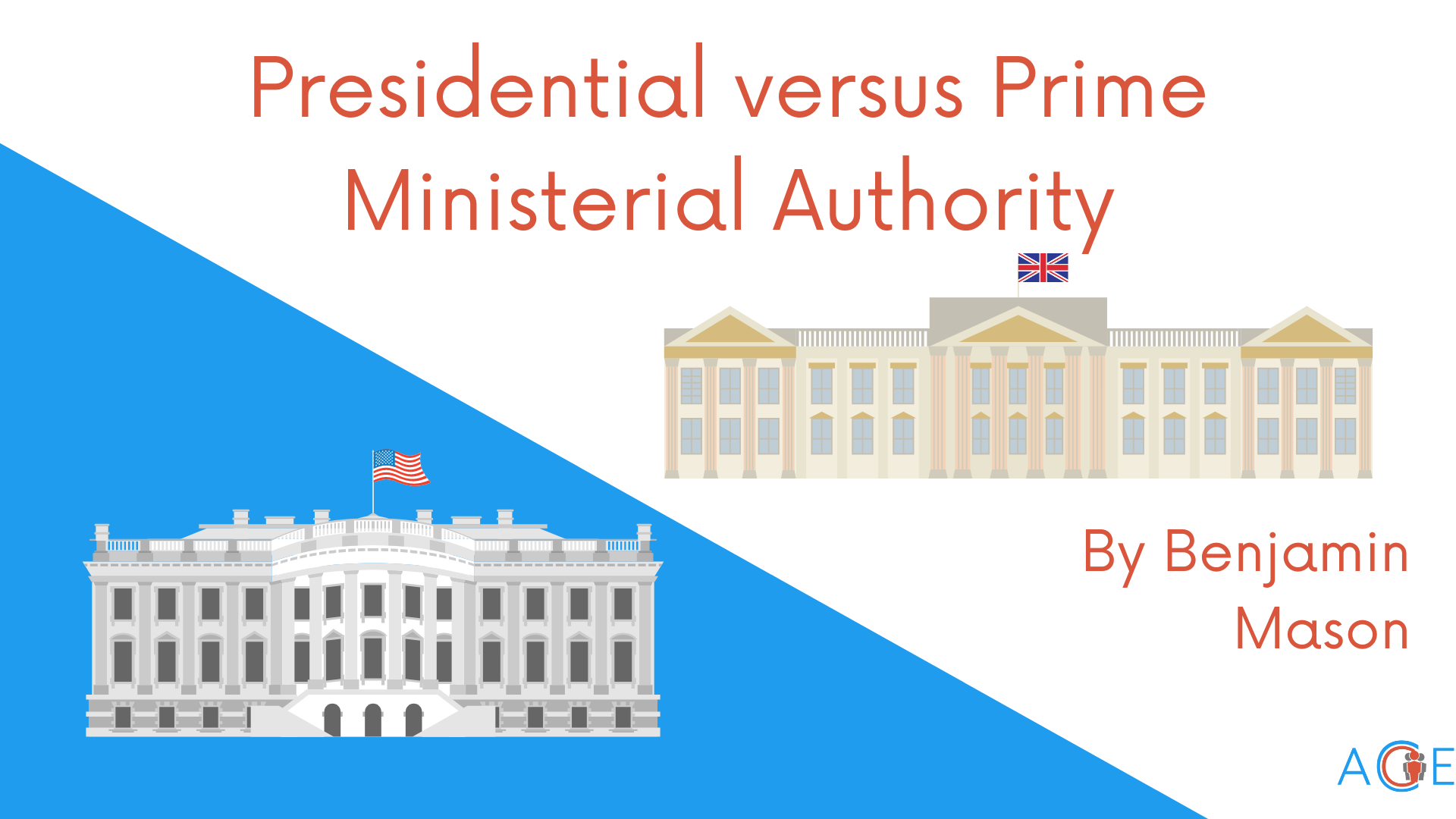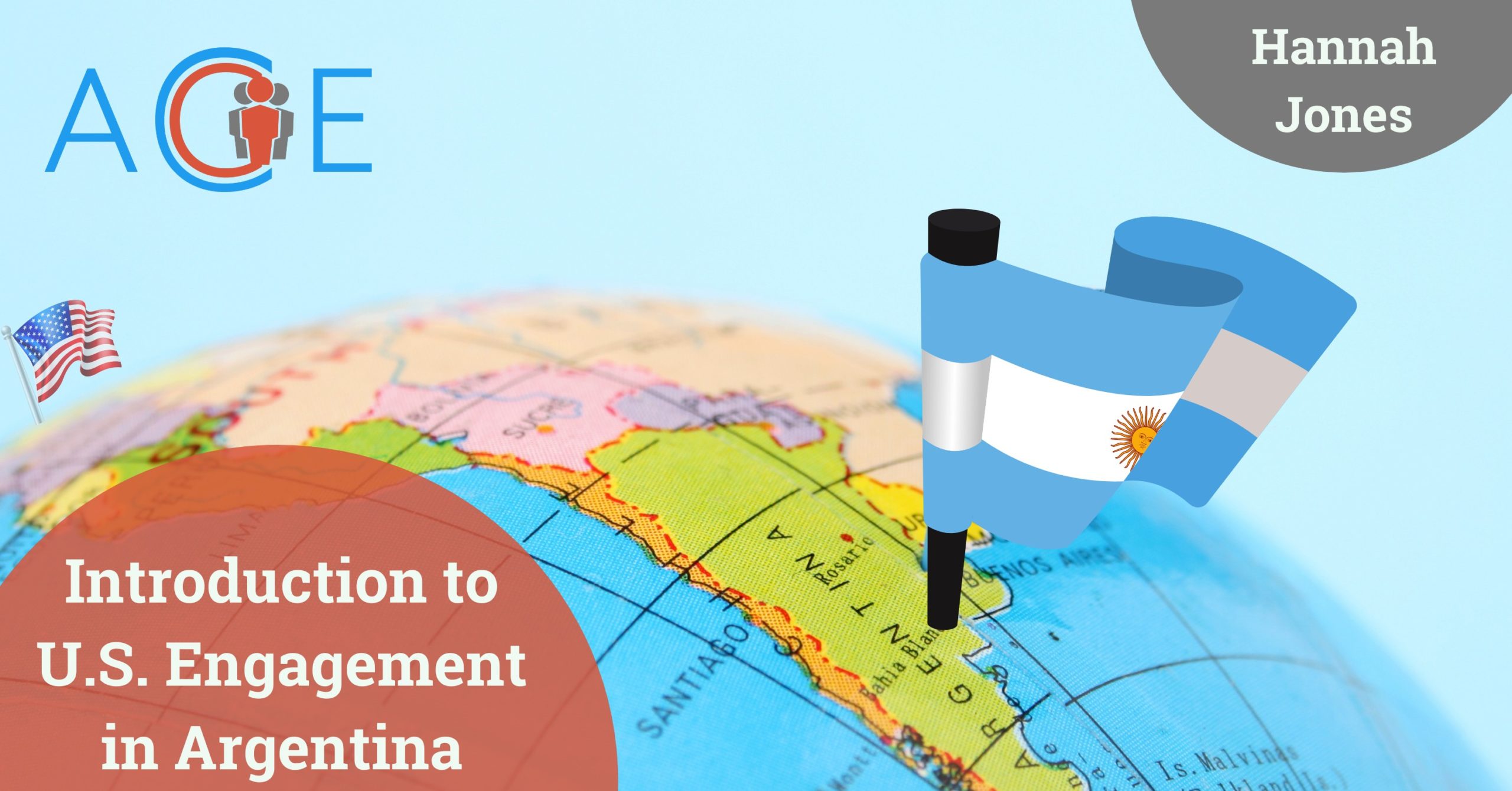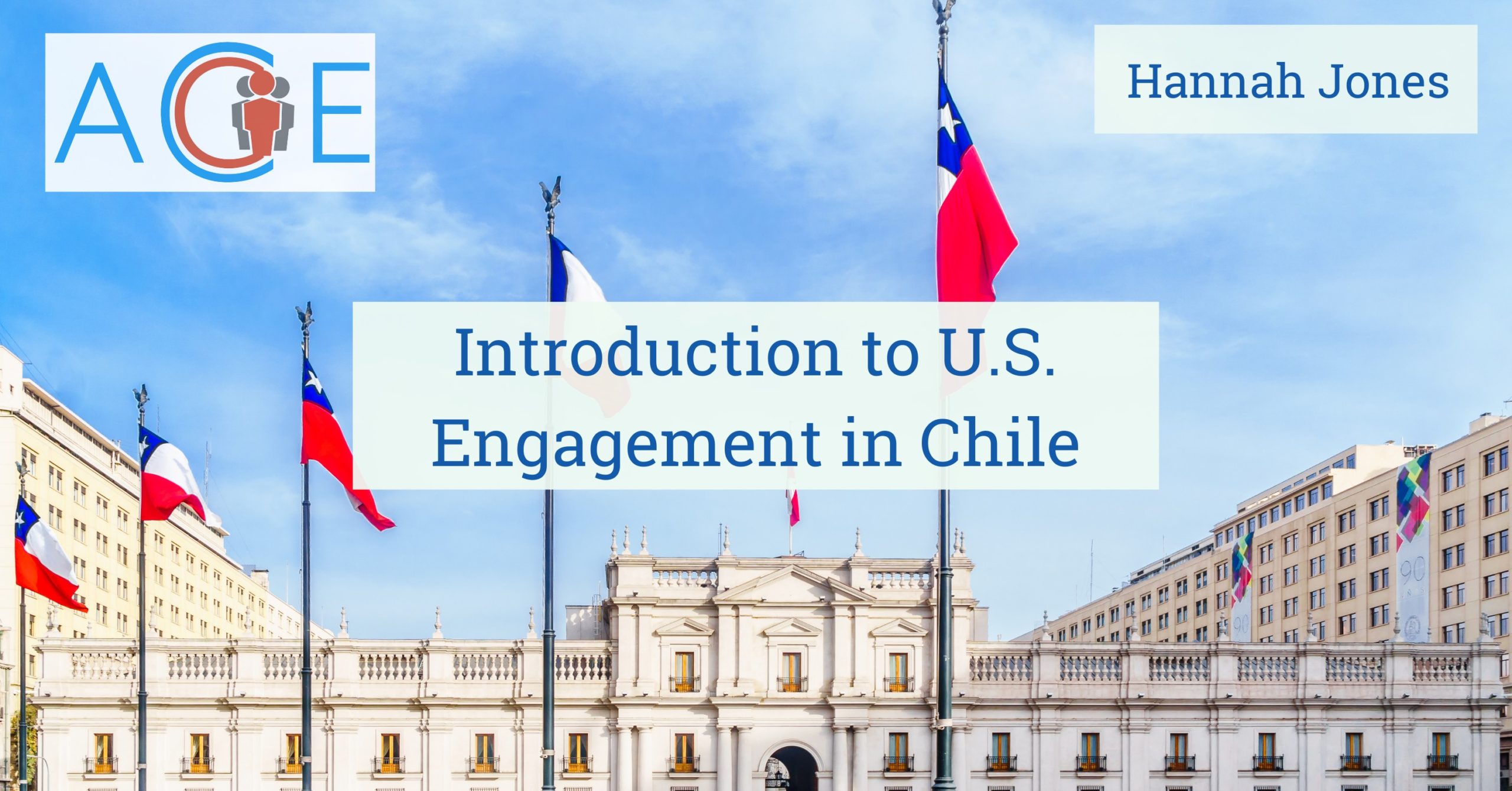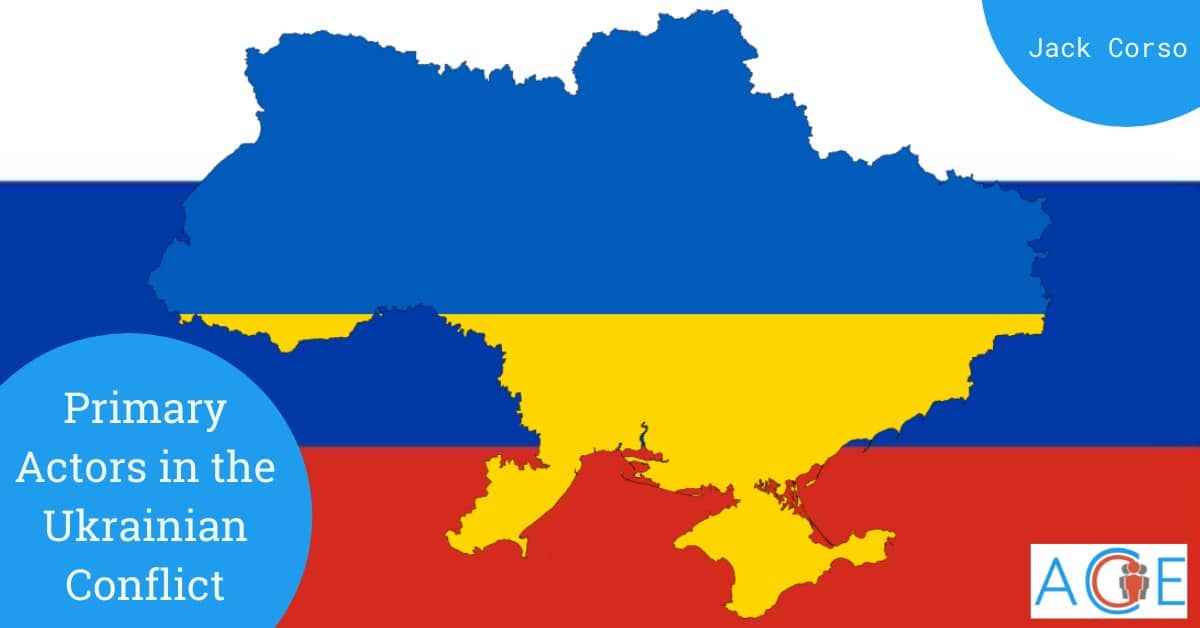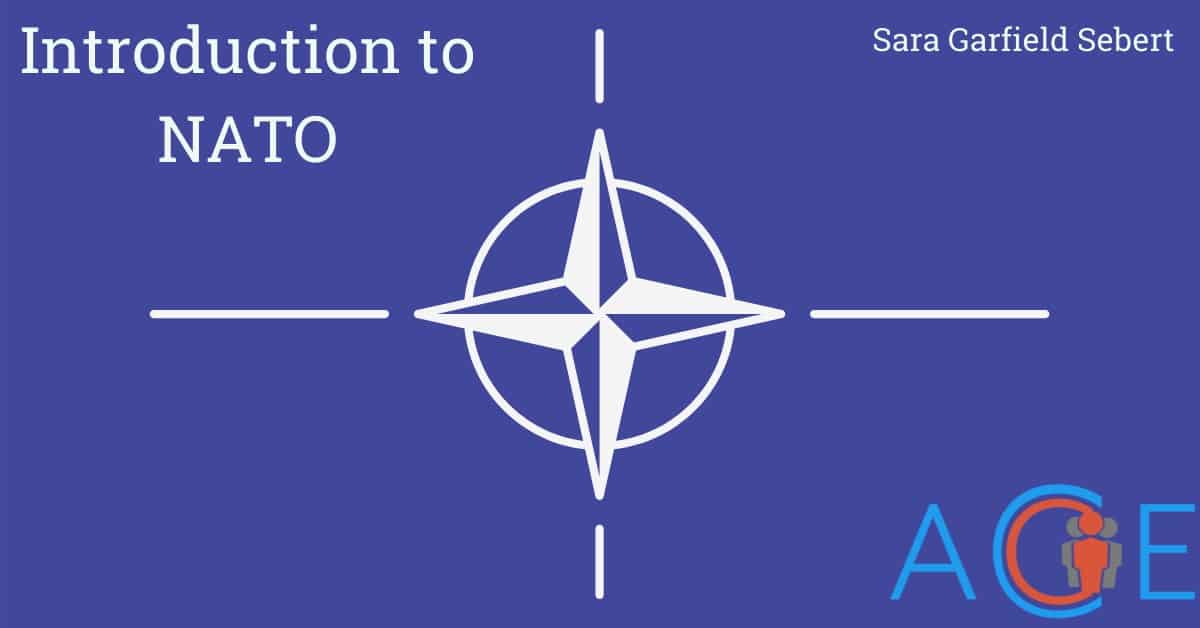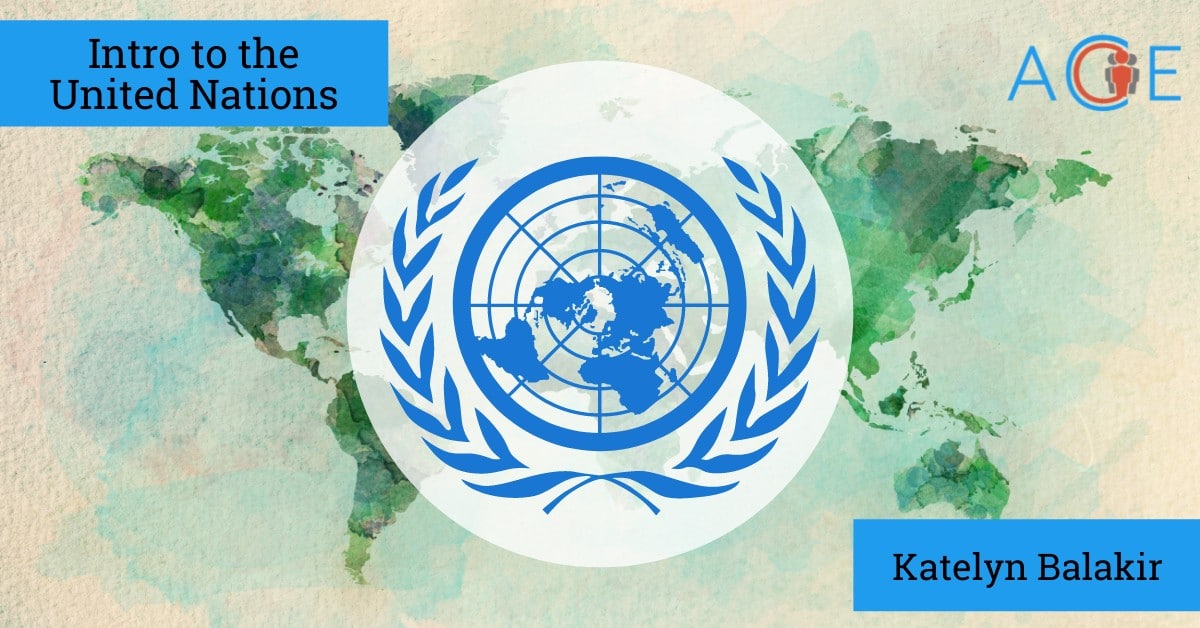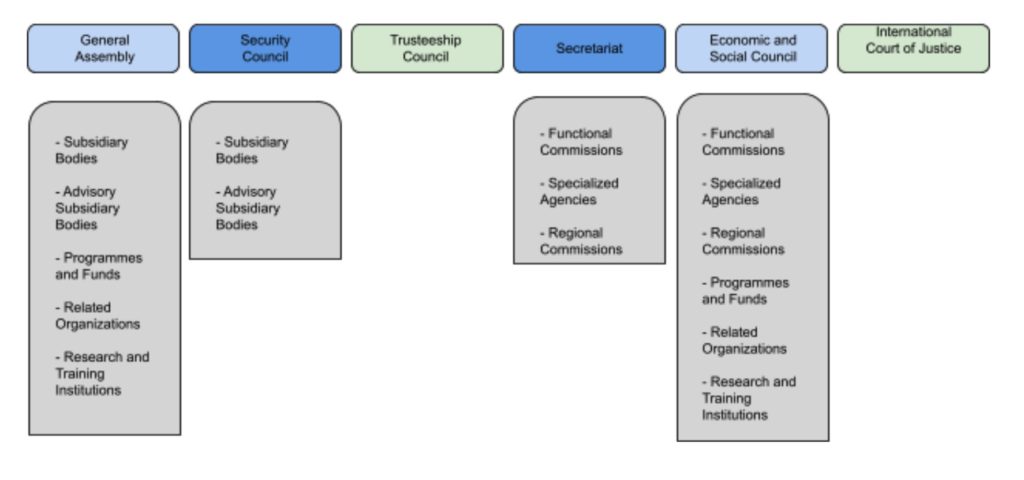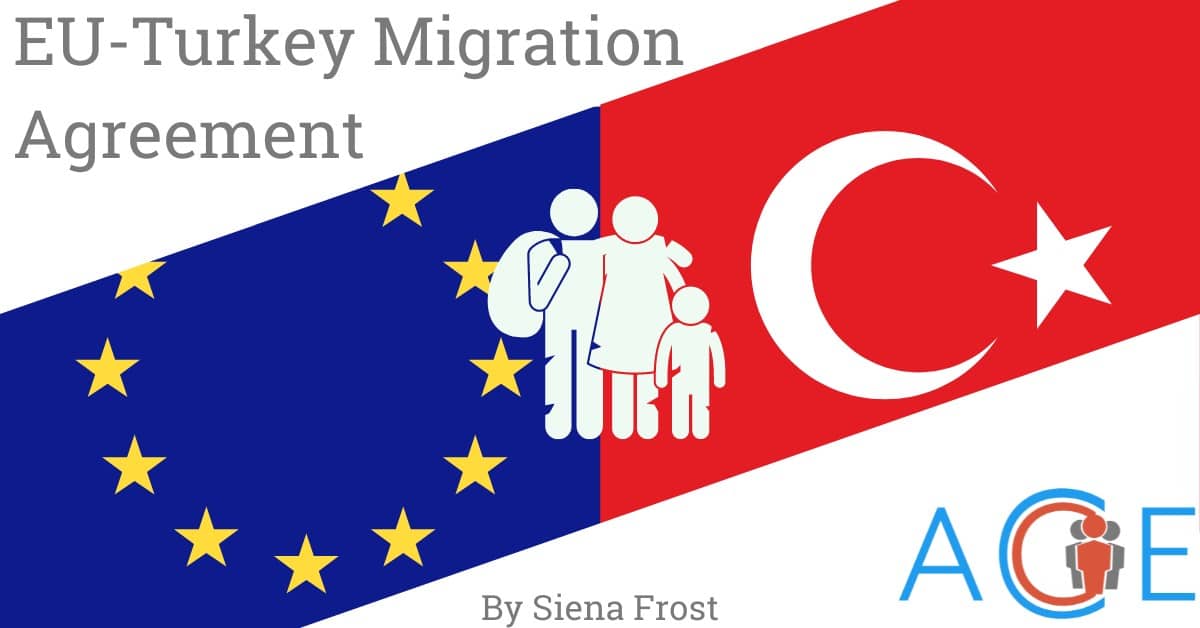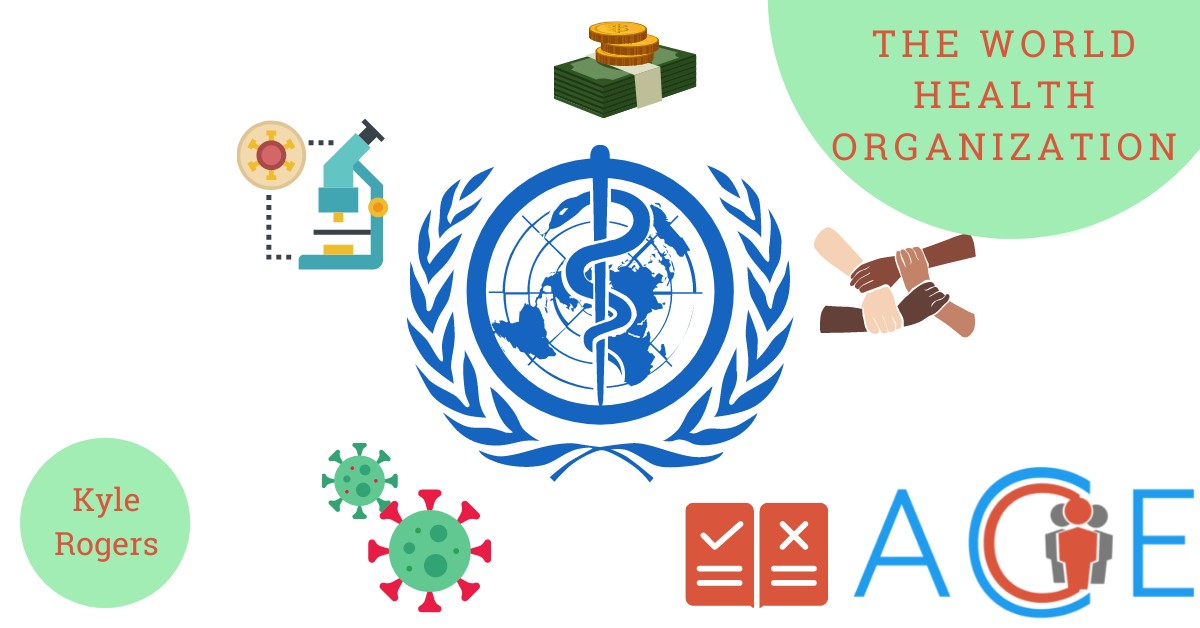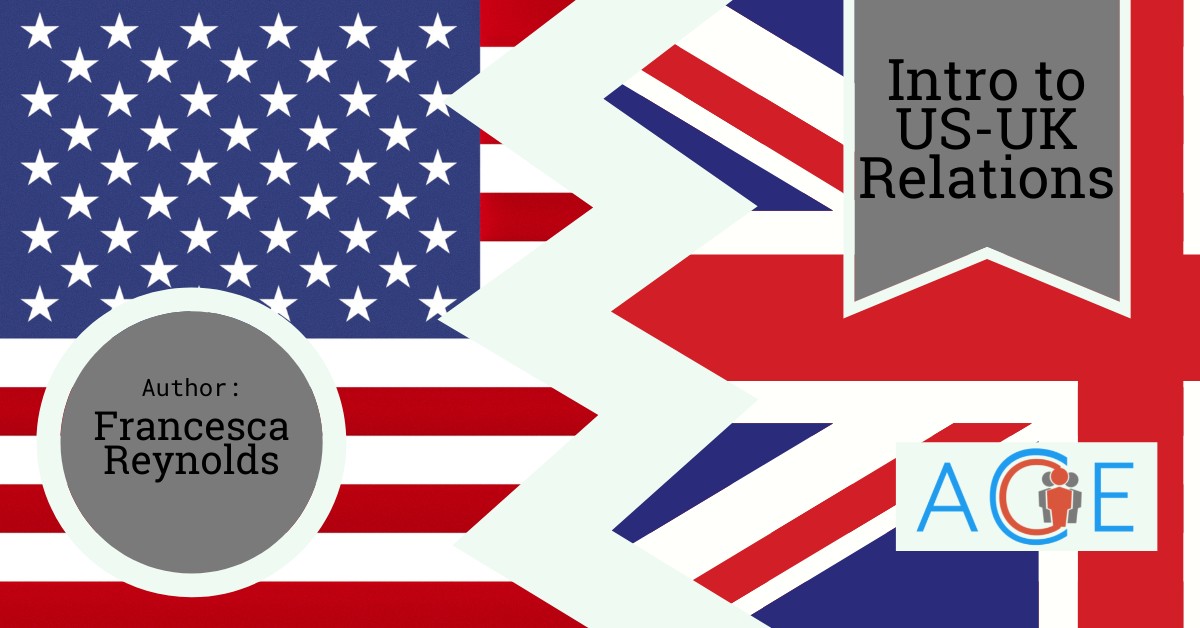The United States governmental system is a Democratic Republic with a President in the key leadership role. Alternatively, the United Kingdom has a parliamentary system with a Prime Minister. In these two different types of government, the respective leaders are chosen in different fashions and have different roles and authorities.
The Two Systems
The United States government is composed of three branches: the legislative, executive, and judicial. These branches derive their authority from the Constitution, and each has enumerated powers and responsibilities. To ensure limits on the capabilities of each branch, the framers of the Constitution created a system of checks and balances, which promotes cooperation among the three branches and prevents any single branch from overstepping its bounds. The Constitution also outlines the Electoral College process to select the President. “Electors,” who are appointed by the state, cast their vote by ballot for the United States President. The aim of the Electoral College is to find a balance between direct election by citizens (a popular vote), and election by a congressional vote.
In contrast, the United Kingdom has a bicameral Parliament (meaning that there are two legislative houses), including the House of Commons (the lower house, where most law-making activity takes place) and House of Lords (the upper house, which refines and approves laws). Unlike the United States’ written and codified constitution, the United Kingdom relies on a mix of traditions which have developed over the course of centuries and common law, which is composed of hundreds of acts of parliament and court case rulings. The monarch theoretically has the power to appoint a Prime Minister. However, in practice, the Prime Minister is chosen by the political party with a plurality in the House of Commons and the monarch simply confirms the party’s proposed candidate.
Source: CK-12
Roles and Responsibilities
The President of the United States is the leader of the executive branch, as well as the head of state and Commander-in-Chief of the armed forces. As such, the President implements and enforces laws written by Congress, as outlined by Article II of the Constitution. The President also appoints the leaders of the fifteen executive departments and more than fifty federal commissions, federal judges, ambassadors, and more. The Constitution also requires the President to, “from time to time” provide information to Congress by a State of the Union address. Convention has developed for the State of the Union, and the President has traditionally outlined a general agenda for the upcoming year, but the constitutional requirement may be fulfilled as the President sees fit.
By comparison, in the United Kingdom’s parliamentary system, the Prime Minister is responsible for the policy and decisions of the government. With no formal constitution, the Prime Minister’s duties are less explicit, but traditionally the Prime Minister’s responsibilities fall under eight categories: constitutional and procedural, appointments, conduct of cabinet and parliamentary business, policy strategy and communications, organizational and efficiency questions, budget and market-sensitive decisions, national security, and special personal responsibilities.
One of the responsibilities of the Prime Minister is to manage the relationship between the government and the Monarch, as well as manage the relationship between the UK Government and the regional administrations in Scotland, Wales, and Northern Ireland. Similar to the President, the Prime Minister has a responsibility to appoint members of the government, including ministers, headships of security service, secret intelligence service, top appointments to the civil service, ecclesiastical appointments, academic appointments, and more. The Prime Minister is also in charge of appointing and then maintaining the Cabinet’s overall political strategy (the Cabinet is the collective term for the senior leaders of large government departments, alternatively referred to as the executive). The Prime Minister must also run weekly meetings with the National Security Council.
Beyond constitutional duties, the President is capable of imposing their will and exploiting their power. One of the President’s greatest powers is their ability to either adopt proposed legislation by signing it into law or to veto the bills (note, however, that Congress may override a veto with a two-thirds vote of both houses). The President can also issue executive orders to either direct members of the executive branch, or clarify existing laws. This is a strategy that has been employed much more frequently by recent Presidents; executive orders saw a significant increase in usage beginning in the early 1900s. Additionally, as the head of the executive branch, the President oversees diplomacy with other nations. Thus, the President has the power to negotiate and sign treaties, though treaties require ratification from the Senate. The President can extend pardons and clemencies for federal crimes.
Because the Prime Minister’s powers have been developed iteratively over time without a clear set of rules, they are more flexible. In addition to being able to appoint ministers, they may also dismiss ministers as they see fit, effectively giving them ultimate control over the legislative agenda. Regarding the Cabinet and its committees, the Prime Minister has the power to steer the agenda, and frequently pushes the cabinet towards the outcome they believe to be best. The PM can also decide the size of the cabinet, and may create governmental departments and executive agencies. While it is the responsibility of the PM to run National Security Council meetings, they also have the power to oversee the implementation of the general National Security Strategy. Finally, the Prime Minister serves as the representative of the UK during international meetings, and has the power to control much of the UK’s diplomacy with other countries.
Is one better?:
Ultimately, both the Democratic Republic and the Parliamentary system have their upsides and downfalls. The primary strength of a Democratic Republic is its system of checks and balances, which prevents any single branch from usurping power from another. However, there is often significant gridlock when the government is trying to function, resulting in slow progress.
While the powers of the legislative, executive, and judicial are isolated in a Democratic Republic, the powers are more fluid within the Parliamentary system. This can work to the system’s benefit, because the legislative and executive powers are merged together, allowing laws to be formulated and implemented more quickly than in a Democratic Republic. However, because of the fusion of powers, the executive, or Cabinet, can have too much power over the legislature, or Houses of Parliament.
